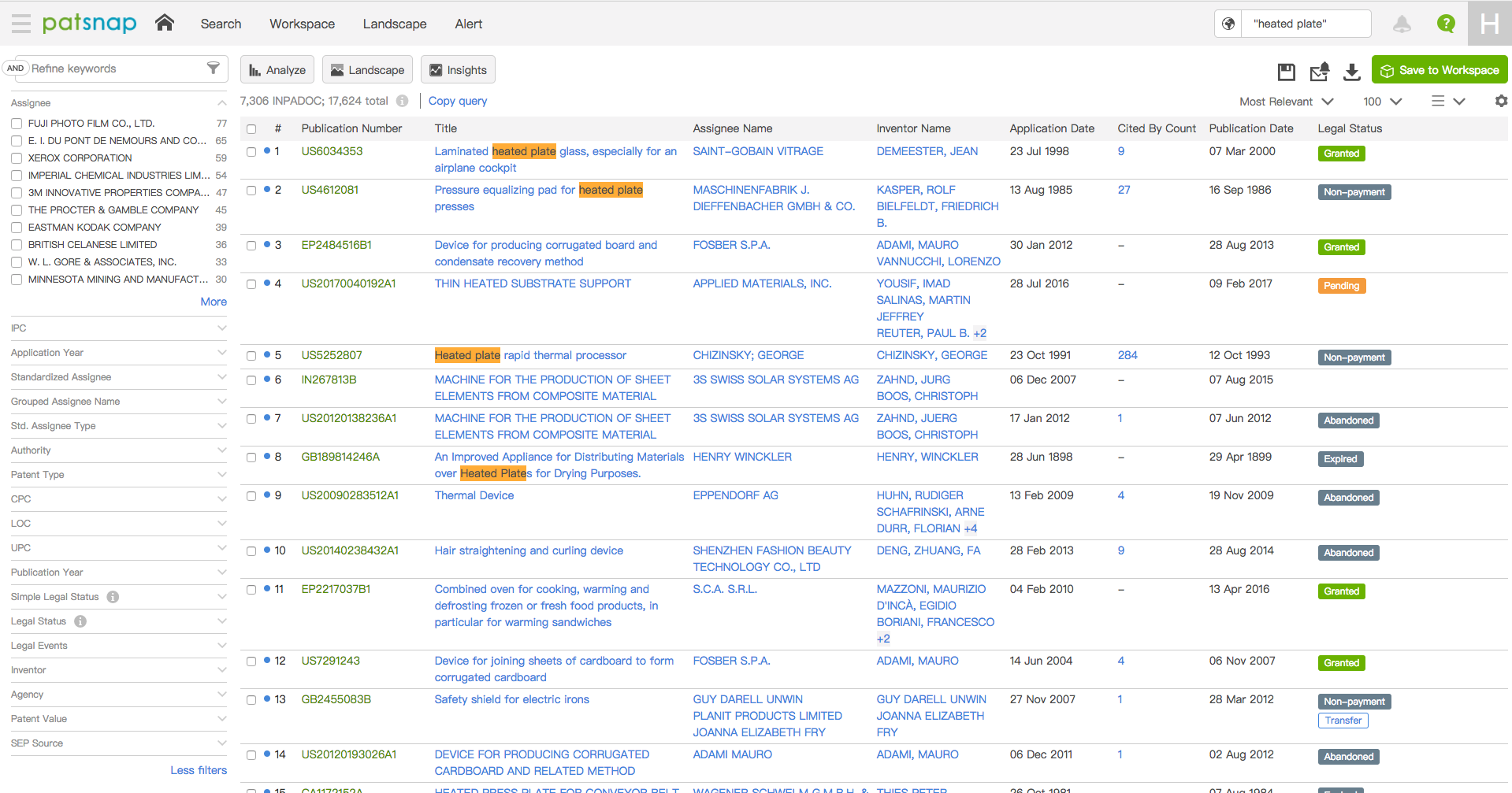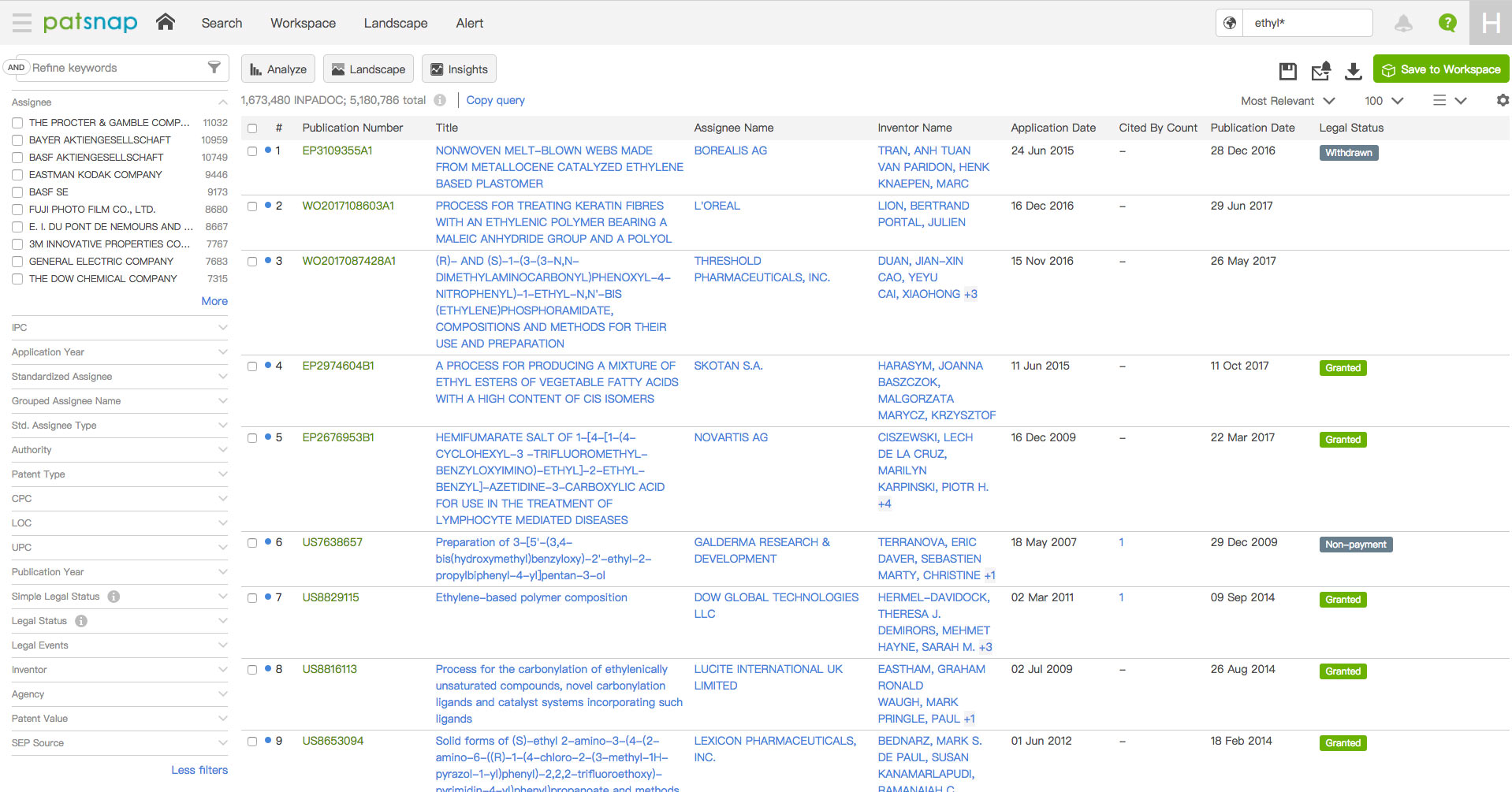Stemming and Wildcards: The Primary Key to Narrow Down Your Patent Search
Searching for patents can be a time consuming and often frustrating task. Especially when you’re struggling to find the results you need. If you fail to uncover all the relevant patents, there’s a risk of missing crucial information — which could land you in litigation.
Truncating Search Terms
Stemming and wildcards are available to help you achieve relevant and accurate results. As an added bonus, they can also reduce the time you spend on a patent search.
Stemming and wildcards can refine results in different ways. Either they can broaden your search with relevant results or narrow down your search if you’re looking for something specific.
What is Stemming in Patent Search?
Stemming is a way in which search engines look for variations of a keyword. PatSnap’s stemming is based on the Porter Stemming Algorithm, written and maintained by Martin Porter and it’s an industry standard for search engines — Google adopted it in 2003.
Stemming is particularly useful for patent searches in English because the English language has so many suffixes. Using stemming in patent searches can help you find relevant patents in a very short amount of time — a search that would previously have taken you days will now take a few hours.
How to use stemming to broaden your patent search
Whether you’re scouting for technologies, searching for prior art or analysing whitespace, you can ensure that your query is extended to include variations of your keywords to display all the possible uses of the technology.
It allows you to perform a broader patent search without having to include all synonyms and provides flexibility in your search. Also, there are no limitations on the number of stem variations of the word.
If you are searching for a patent with the keyword “heat,” you will be able to find all relevant results with variations of the word “heat” such as “heated,” “heating,” or “heater.” This is useful because inventors may change the suffix of a root word when filing for a patent so that it is harder to find.
For example, a patent search using the keywords “heated plate” reveals 17,624 patents with stemming off.

(PatSnap platform)
After turning stemming on, 81,114 patents are revealed and many of those are likely to be relevant to your search. Someone may have filed a patent using the term “heating plate” or “heat plate,” which could be missed if you leave stemming off.
What is a Wildcard Search?
Wildcards are more selective and manual forms of stemming. It’s useful if you know which variations of your keyword you want to include and avoid, to help narrow down your patent search.
If you’re doing FTO or state of the art searches and want to look for a specific technology or process covered in a patent, then wildcards are your best option. It’s important to note that if you want to use wildcards effectively, you should turn off the stemming feature so it doesn’t counteract your results.How To Use Wildcards to Narrow Down Your Patent Search
There are two wildcards on PatSnap. You can use the question mark “?” which represents one character, or the asterisk “*” which represents an unlimited number of characters. Wildcards are only used in the middle or at the end of keywords. Wildcards are more useful if you are looking for something very specific such as chemical names which aren’t common in English or different English spellings of words.
For example, if you search for Ethyl* you can expect to get results such as “ethylene,” “ethylenic” or “ethylenically.”

(PatSnap platform)
If you want to control and refine your search even more, you can use the question mark “?” to give you results with only a few character variations. This is useful if you are searching for keywords that are spelt differently in British English and American English.
For example, if you perform a patent search for “industrialisation,” you may not get any results for “industrialisation.” You can use this wildcard “?” to search for “industrialisation” which will give you all the variations of that word.
As you can see below, a search for “industrialization” only brought back 212 results.

(PatSnap platform)
After using the wildcard, a search result for “industrialization” brought back 14,673 results! That’s 14,461 patents you could have missed. This search also brings back results for both “industrialisation” and “industrialization.”
Start off your patent search with stemming to get a relevant and broad set of results — especially if you’re using patent data for ideation. If you find that you are getting too many results for your chosen keyword — in an industry which isn’t relevant to your project — you should try switching to wildcards.
